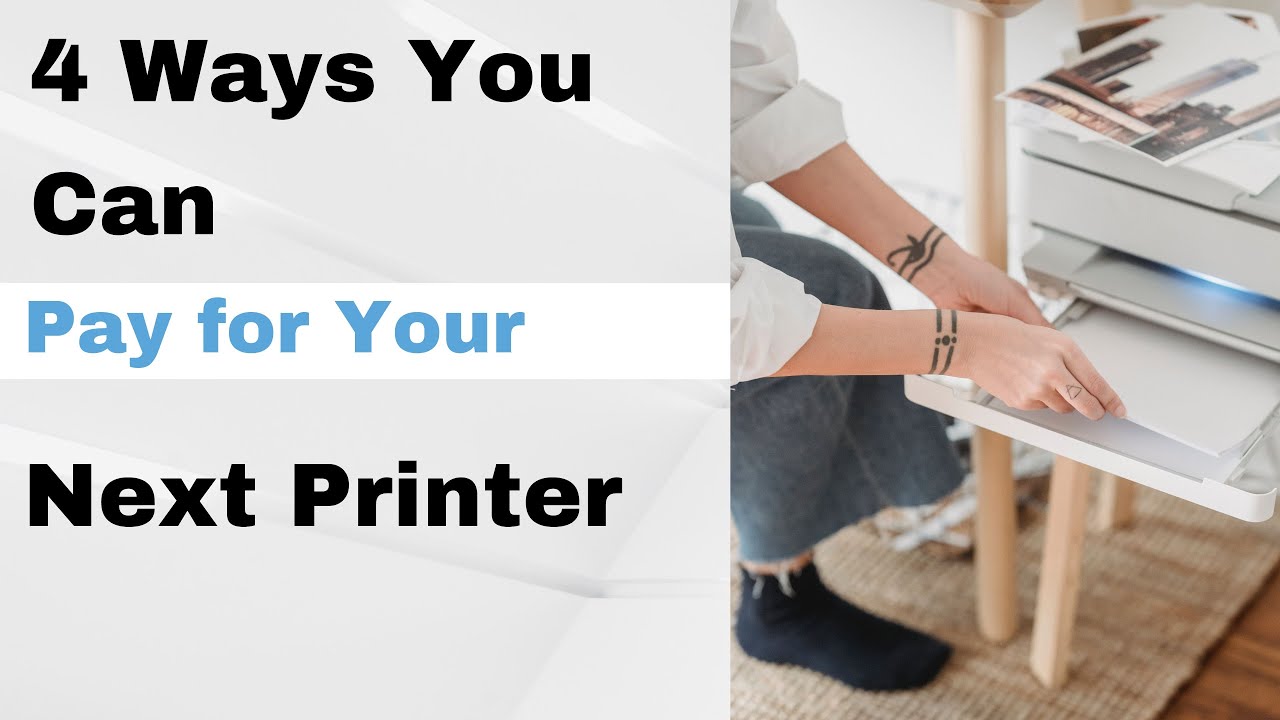Who Should Manage Your Print Environment: IT or a Print Vendor?
If you walk into a growing business and see a different printer in every corner, with some new and some barely hanging on, you can usually guess what’s happening behind the scenes. It’s a situation where the print environment is managing the business, not the other way around.
And here’s a stat worth considering as you think about your office: organizations can waste up to 3% of their annual budget on unnecessary printing expenses. If your business doesn’t “own” the print environment, it can hurt your bottom line.
As businesses scale past 15+ devices, this problem will only get worse. A badly managed print environment can lead to costs rising, downtime becoming normal, IT getting buried in random printer tickets, and leadership starting to wonder, “Is this really the best we can do?”









